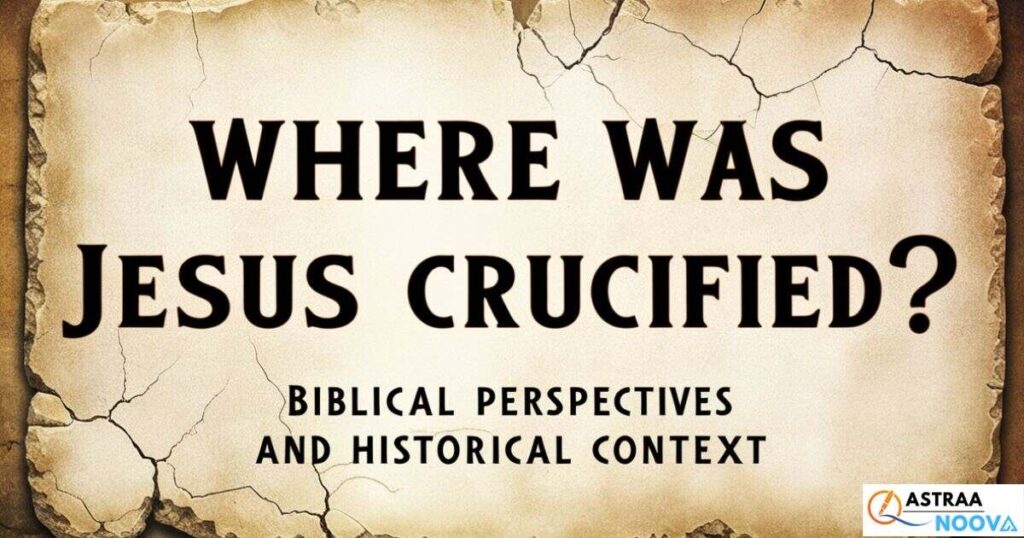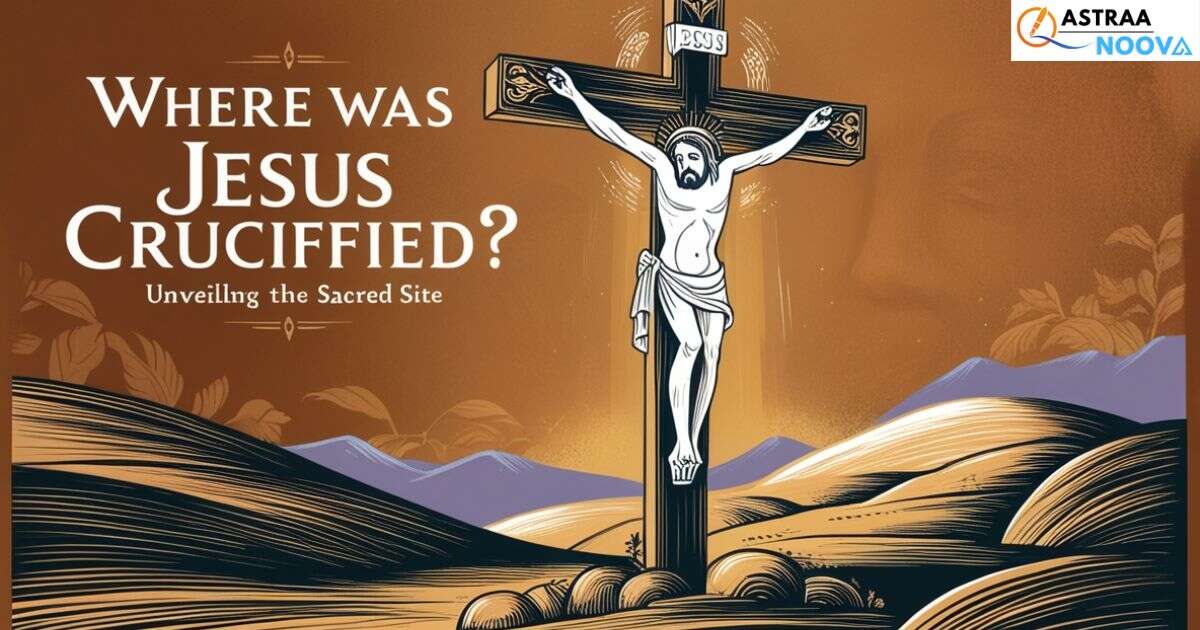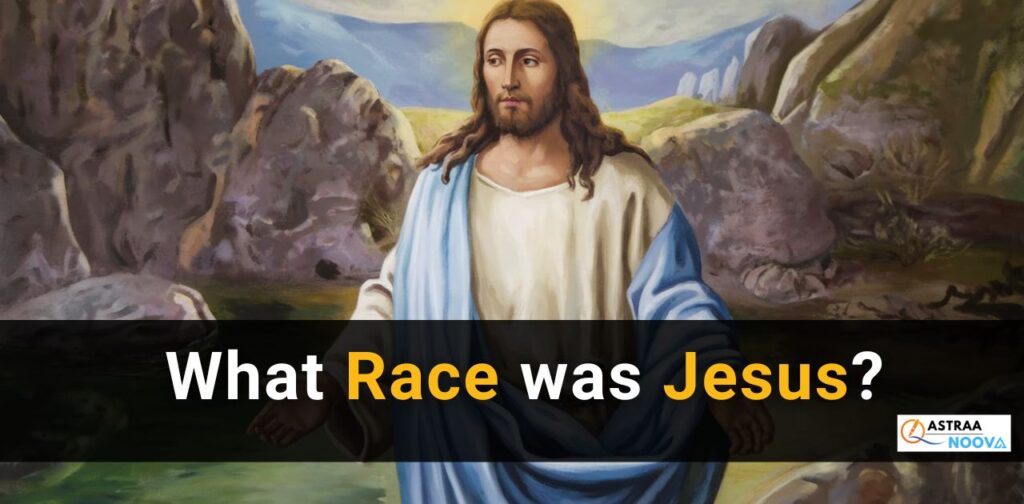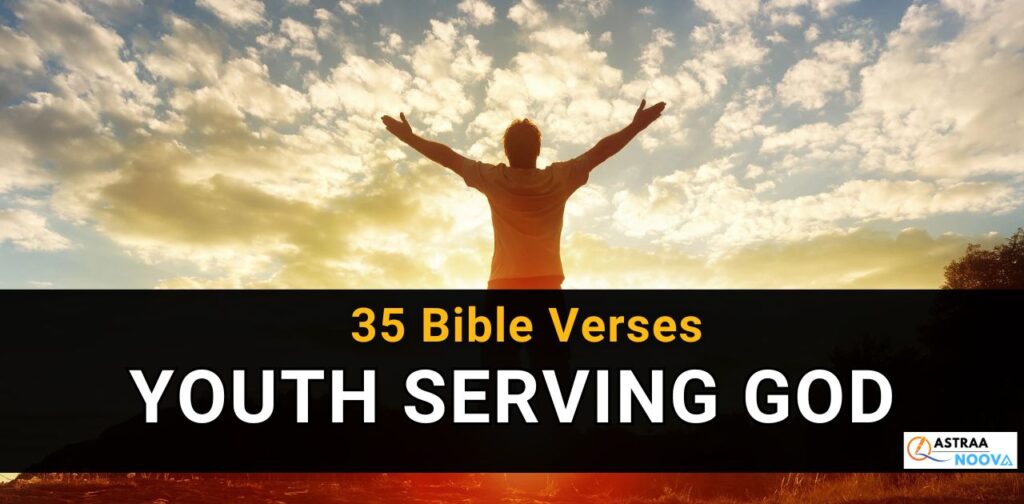Have you ever wondered about the exact location where one of history’s most significant events took place? The crucifixion of Jesus Christ remains a cornerstone of Christian faith, yet its precise location has intrigued scholars and believers for centuries.
Where Was Jesus Crucified?
The Gospel accounts tell us that Jesus was crucified at Golgotha, meaning the “Place of the Skull.” This location carries deep historical and spiritual significance. The biblical texts, including Matthew 27:33, Mark 15:22, Luke 23:33, and John 19:17, all reference this crucial detail.
Archaeological evidence and historical records suggest the site was outside Jerusalem’s ancient walls. John 19:20 specifically mentions it was near the city, making it accessible to passersby. This detail aligns with Roman crucifixion practices, as they typically performed executions along major roadways.
Today, two primary locations compete for recognition as the authentic crucifixion site. The Church of the Holy Sepulchre stands as the traditional choice, supported by historical documentation dating back to the early fourth century AD. This claim finds backing in the writings of Eusebius, an early church historian.
Historical Evidence and Archaeological Findings
Modern archaeological studies have revealed fascinating details about 1st-century Jerusalem’s geography. Excavations near the Church of the Holy Sepulchre have uncovered ancient quarries and tombs dating to the time of Jesus, lending credibility to its historical claims.
The competing site, Gordon’s Calvary, gained attention in the mid-nineteenth century through the work of scholars like Otto Thenius, Fisher Howe, and Claude Conder. Charles Gordon later popularized this location, noting its skull-like rock formation.
Recent archaeological findings continue to shed light on both sites. Scientific analysis of building materials and ancient artifacts helps piece together the puzzle of Jerusalem’s changing landscape over two thousand years.
Biblical Perspectives and Historical Context

The Gospel narratives provide crucial details about the crucifixion site. Mark 15:40 notes that witnesses could observe the event from afar, suggesting an elevated location. Matthew 27:39 and Mark 15:29 describe people passing by, indicating proximity to a major thoroughfare.
Early Christian traditions, preserved through generations, offer valuable insights into the location’s historical context. These accounts, combined with archaeological evidence, help paint a clearer picture of the ancient city’s layout.
Read Also >> How Tall Was Jesus? Unveiling the Physical Stature of Our Savior
Spiritual Significance Beyond Location
While the exact location holds historical interest, the spiritual significance of Jesus’ crucifixion transcends physical boundaries. The redemptive plan demonstrated through his sacrifice for sins and victory over death remains the central focus of Christian faith.
This truth, emphasized in 1 Corinthians 15:3-4, reminds believers that their connection to God doesn’t depend on geographical proximity to sacred sites. Instead, it rests on faith in Jesus Christ’s completed work.
Modern Pilgrimage and Tourism Impact
Today, both the Church of the Holy Sepulchre and Gordon’s Calvary attract thousands of Christian pilgrims annually. These sites serve as powerful reminders of historical events while providing spaces for spiritual reflection.
Cultural Impact and Historical Preservation
Local authorities and religious organizations work together to preserve these sacred sites. Their efforts ensure future generations can explore and connect with these important historical locations.
Conservation challenges include managing tourist traffic while protecting ancient structures. Modern technology aids in preservation efforts while allowing detailed study of architectural features.
Conclusion
The search for Jesus’ crucifixion site reveals a fascinating intersection of faith, history, and archaeology. While debates about the exact location continue, the profound impact of the crucifixion transcends geographical precision. Whether at the Church of the Holy Sepulchre or Gordon’s Calvary, these sites remind us of the enduring significance of Jesus’ sacrifice and resurrection. Their preservation ensures that future generations can continue exploring this pivotal moment in human history while finding personal meaning in their faith journey.
FAQ’s about Jesus Crucifixion Site
Where is the site of Jesus crucifixion today?
Today, two main sites in Jerusalem are associated with Jesus’ crucifixion: the Church of the Holy Sepulchre in the Old City and Gordon’s Calvary near the Damascus Gate. The Church of the Holy Sepulchre has the strongest historical claim, supported by traditions dating back to the 4th century.
Where is the exact place Jesus was crucified?
The Gospels identify the crucifixion site as Golgotha, meaning “Place of the Skull.” While the exact location remains debated, historical and archaeological evidence strongly suggests it was at the current site of the Church of the Holy Sepulchre, which lay outside Jerusalem’s walls during Jesus’ time.
Can you visit Jesus’ crucifixion site?
Yes, both proposed crucifixion sites are open to visitors. The Church of the Holy Sepulchre welcomes pilgrims daily, while Gordon’s Calvary (also known as the Garden Tomb) offers guided tours. Both sites maintain specific visiting hours and dress codes.
Where is Jesus body located today?
According to Christian belief, Jesus’ physical body ascended to heaven after his resurrection. The tomb where his body was laid, located within the Church of the Holy Sepulchre, is empty and stands as a memorial site visited by millions of pilgrims annually.

Multilingual faith educator exploring connections between language, spirituality, and dream symbolism.


















